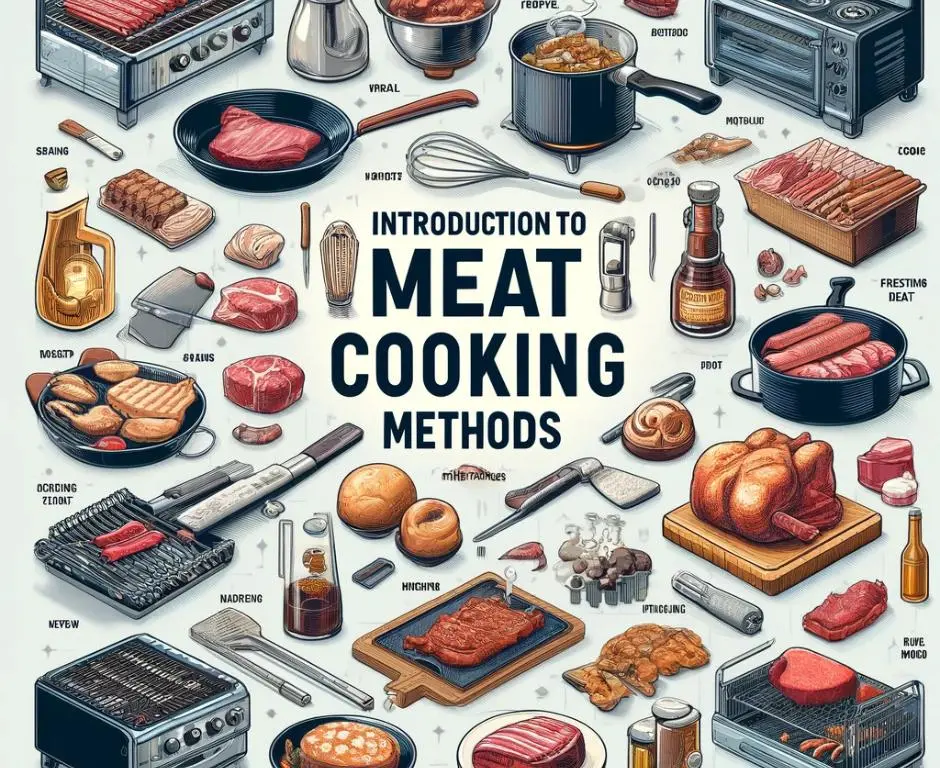Introduction to Meat Cooking Methods
Cooking meat is both an art and a science, requiring knowledge of various cooking methods to best enhance the flavor and texture of different cuts.
No matter your chosen method for cooking meat, certain techniques can significantly enhance your results every time. The key to culinary success starts with pairing the right cut of meat with the most suitable cooking method. For instance, a chuck-eye roast is perfect for braising, as this method melts the fat and breaks down connective tissue into gelatin, resulting in a dish that’s both flavorful and tender.
However, if you attempt to roast the same cut, you’ll likely end up with meat that is both fatty and tough. The cooking methods described below—and our suggestions for the best cuts to use with each—are intended as a foundational guide. Keep in mind that specific recipes might require slight modifications to these techniques.
Overview of Cooking Techniques
Sautéing
Sautéing involves cooking meat quickly in a small amount of oil over relatively high heat.
This method is perfect for tender, smaller cuts such as chicken breasts, pork loin slices, or beef strips. The key is to keep the meat moving to ensure even cooking and to prevent burning.
Find out more on our blog Mastering Meat Sautéing: Techniques and Tips
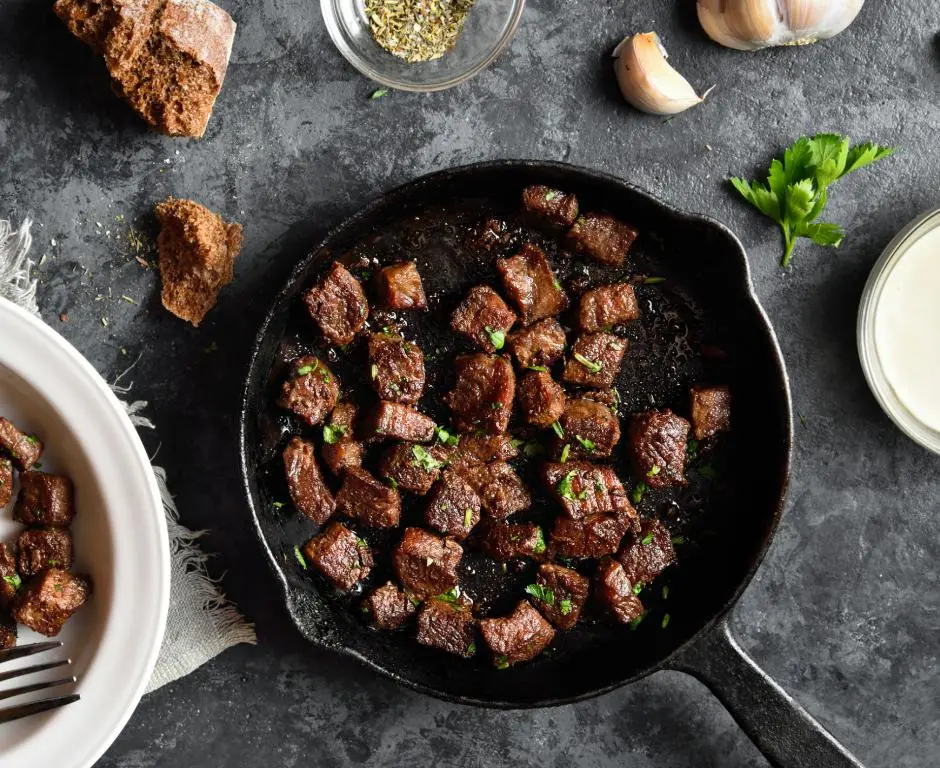
Pan Searing
Pan searing is designed to give meat a tasty, browned crust.
High heat is used initially to sear the meat’s surface, locking in juices. This method is ideal for thicker, tender cuts like steaks, lamb chops, or duck breasts, where a crispy exterior and a juicy interior are desired.
Find out more on our blog Mastering Pan Searing: Techniques and Tips
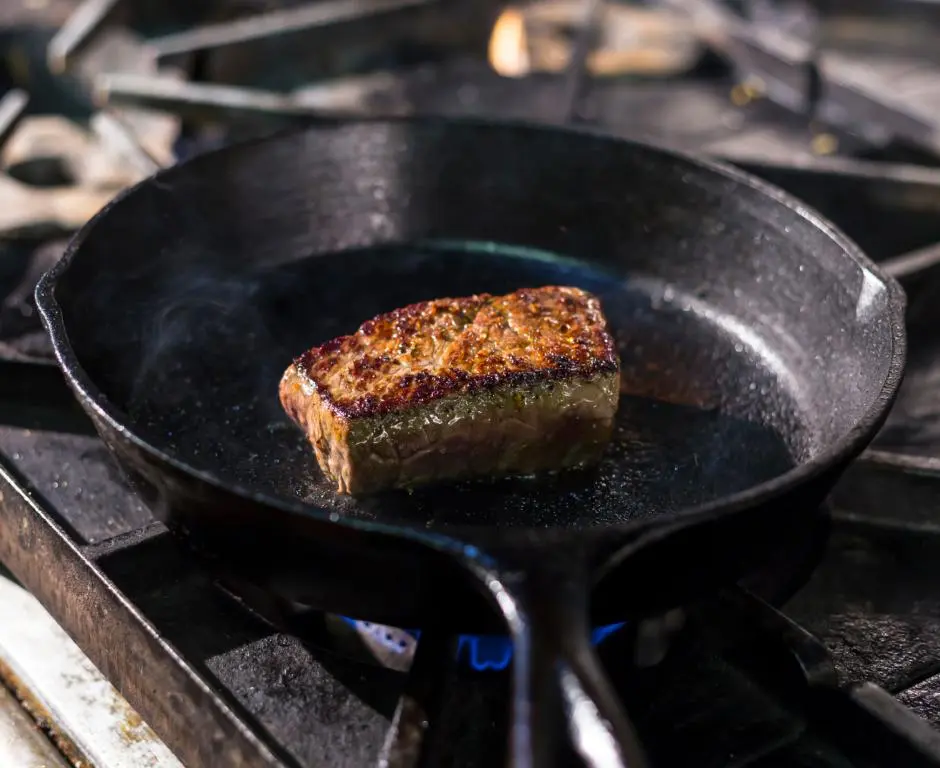
Reverse Pan Searing
Reverse pan searing involves first cooking the meat gently in the oven before finishing it off with a sear in a hot skillet.
This technique is excellent for thicker cuts like ribeye or porterhouse steaks, ensuring even internal cooking without overcooking the exterior.
Find out more on our blog Mastering Reverse Pan Searing: Techniques and Tips
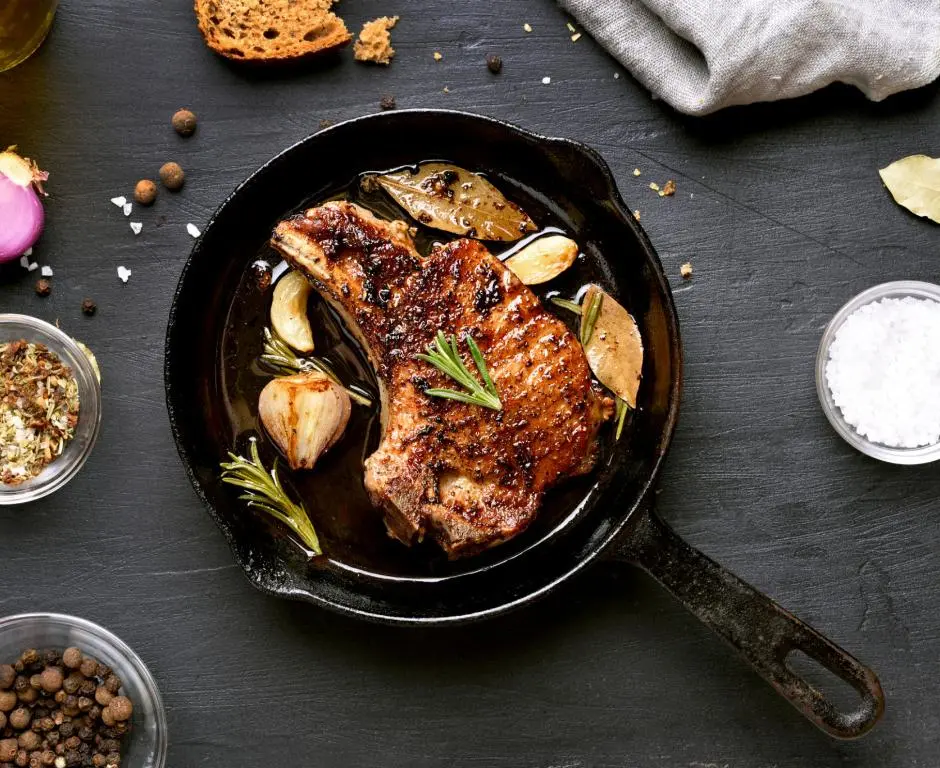
Pan Roasting
Pan roasting combines searing in a hot skillet followed by roasting in the oven.
This method works well for meat cuts that benefit from both a crusty exterior and a fully cooked interior. Perfect for whole chicken breasts, large cuts of beef, or pork roasts.
Find out more on our blog Mastering Pan Roasting: Techniques and Tips
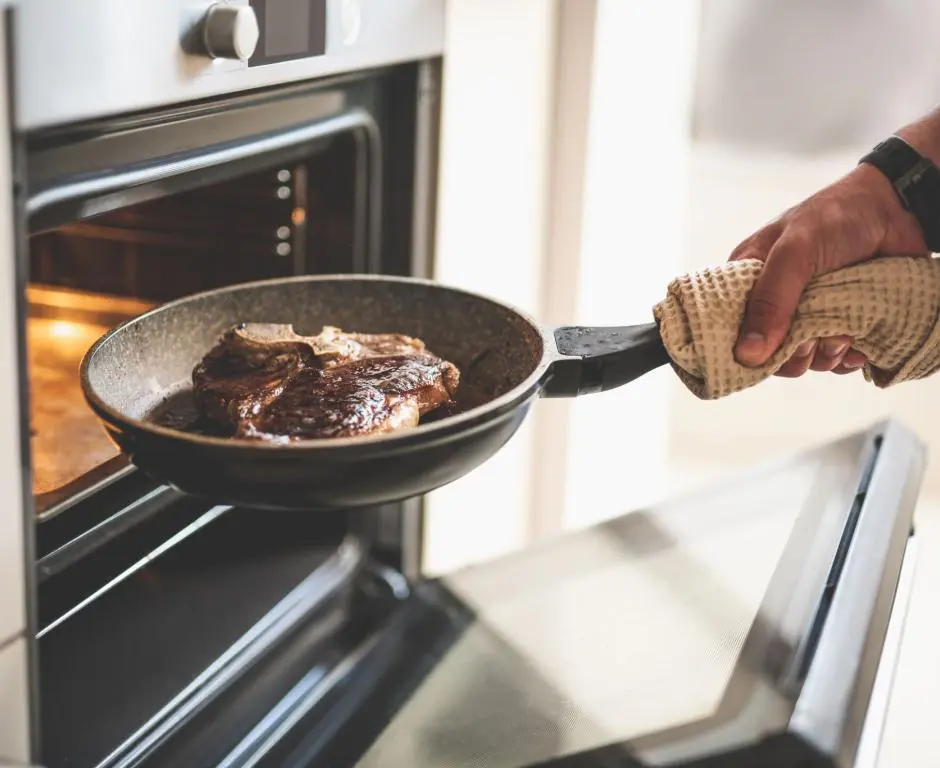
Stir-Frying
Stir-frying is a quick, high-heat cooking method that keeps meats tender and veggies crisp.
It’s best suited for very thin cuts of meat, like flank steak, chicken tenders, or pork belly. These cuts can cook quickly and absorb flavors from added sauces and seasonings.
Find out more on our blog Mastering Stir-Frying: Techniques and Tips
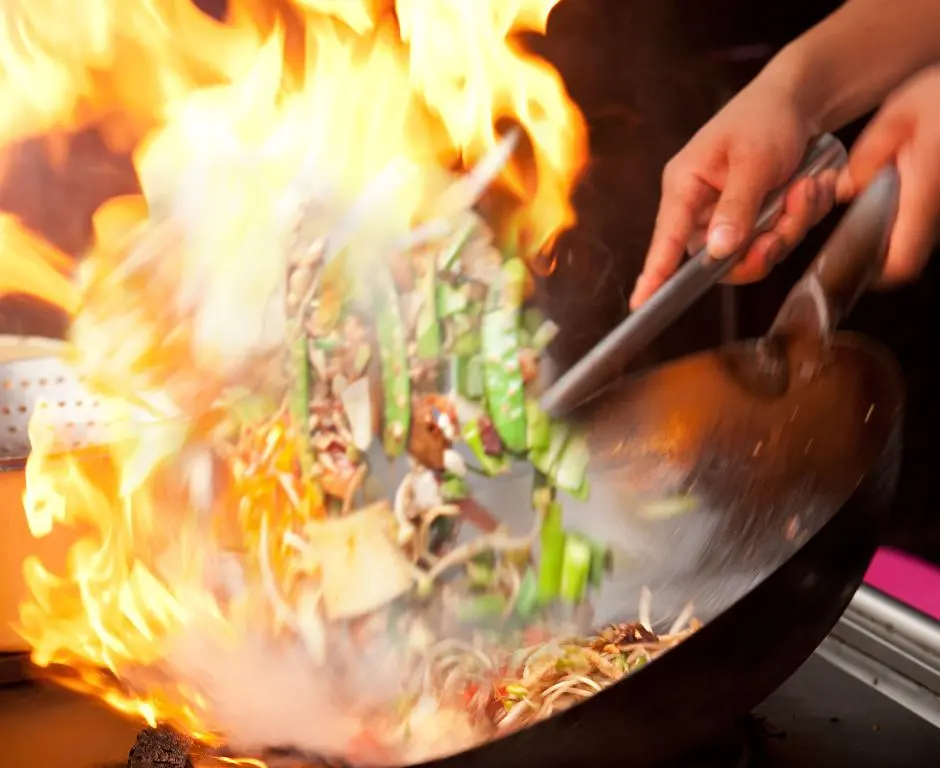
Roasting Meat
Roasting involves cooking meat uncovered in an oven to produce a well-browned exterior and moist interior.
This method is suitable for larger, more robust cuts. Such as beef rib roasts, leg of lamb, or whole turkeys, which benefit from gradual cooking at moderate temperatures.
Find out more on our blog Mastering Roasting Meat: Techniques and Tips
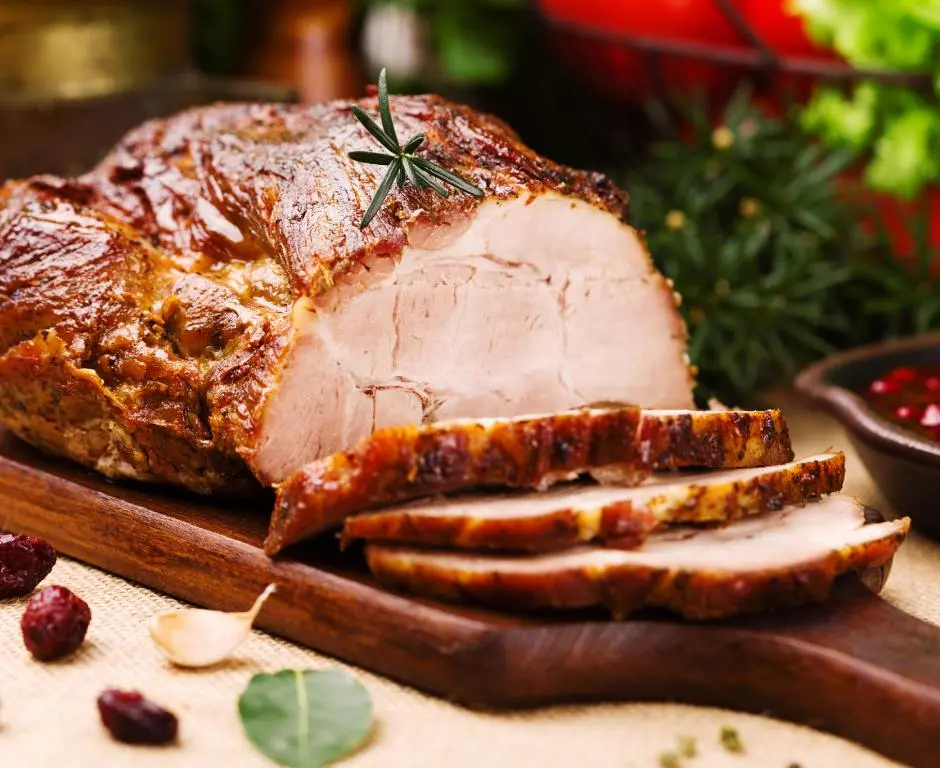
Roasting Poultry
Specifically for poultry, roasting ensures crispy skin and tender meat.
Whole chickens, turkeys, and duck are commonly roasted to enhance their natural flavors while ensuring the meat remains succulent.
Find out more on our blog Mastering Roasting Poultry: Techniques and Tips
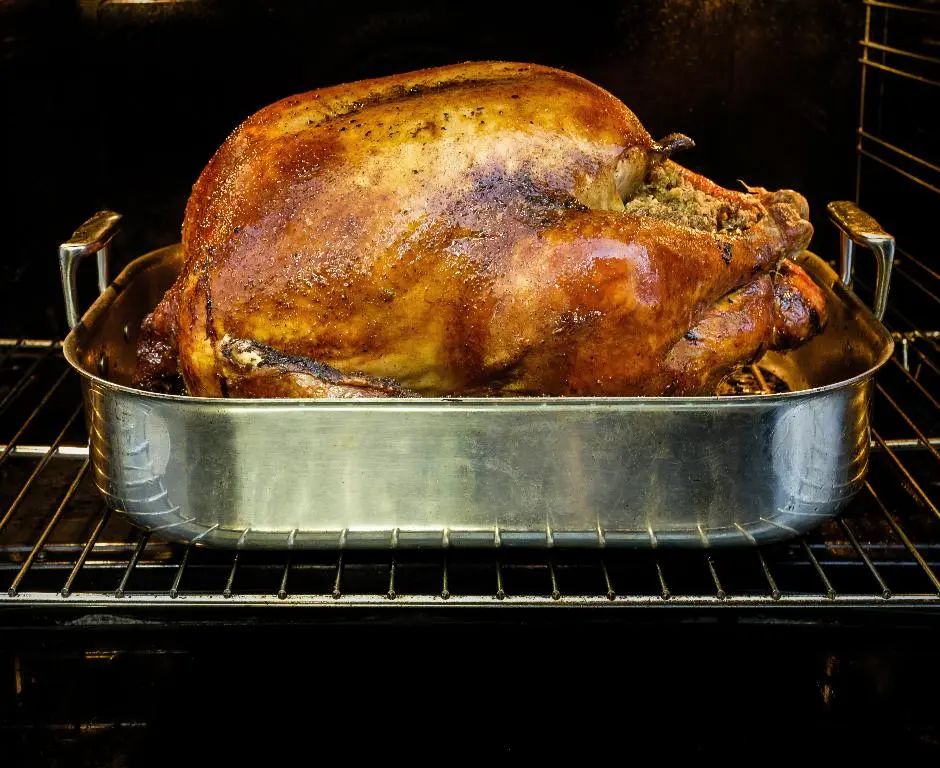
Stewing or Braising
Both stewing and braising involve slow-cooking meat in liquid. This method is making them suitable for tougher cuts like beef brisket, lamb shanks, or pork shoulders.
These methods tenderize the meat over several hours, creating richly flavored and comforting dishes.
Find out more on our blog Mastering Stewing and Braising: Techniques and Tips
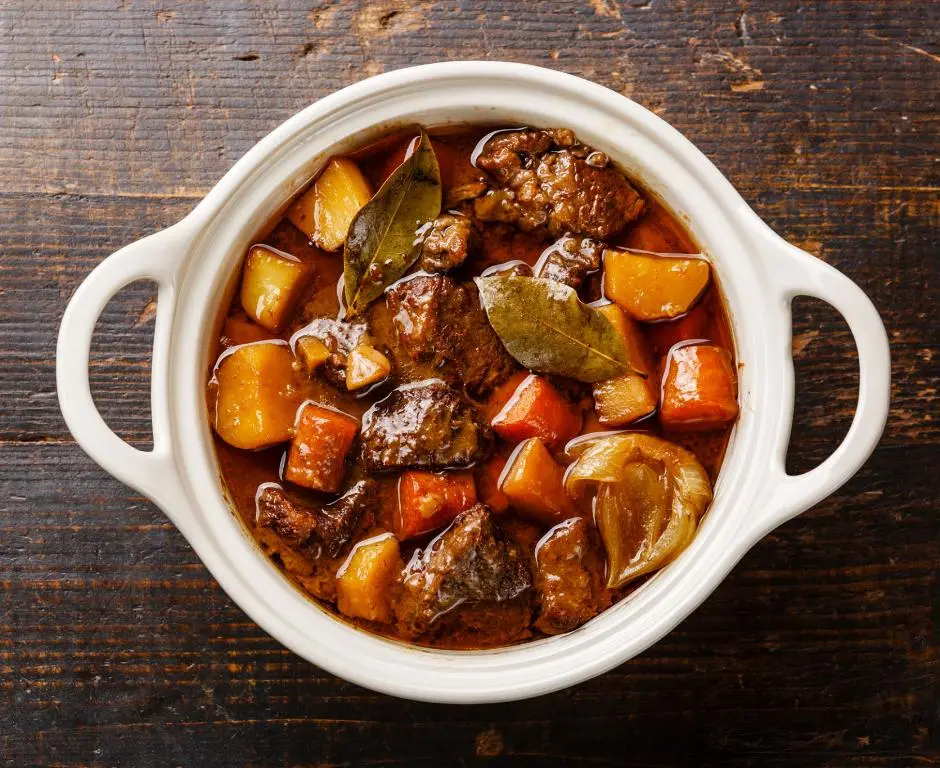
Grilling
Grilling uses direct heat to cook meats relatively quickly.
This method is ideal for more tender cuts. Perfect for steaks chicken thighs, or fish fillets, providing a distinctive charred flavor that is synonymous with summer barbecues.
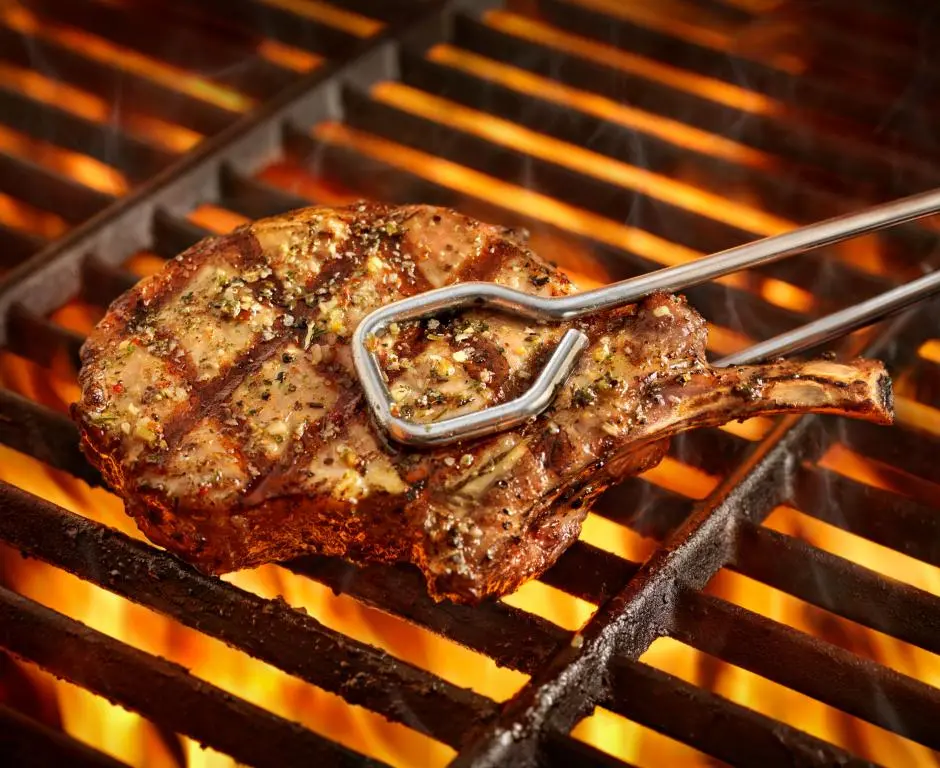
Barbecuing
Barbecuing is similar to grilling but typically involves slower cooking over lower heat, and often incorporates smoke for added flavor.
It’s perfect for larger, tougher cuts like ribs, whole chickens, or brisket that benefit from slow cooking to achieve tenderness.
Smoking
Smoking meat is a process of flavoring, cooking, and preserving meat by exposing it to smoke from burning or smoldering materials, usually wood.
This method is excellent for cuts like brisket, ribs, and pork shoulders. Those which absorb the smoky flavors over extended cooking times.
Conclusion
Each meat cooking method offers unique benefits and is suited to specific cuts.
By matching the right technique with the right cut, you can maximize flavor and texture in your culinary creations. Don’t hesitate to experiment with different methods to discover what works best for your tastes and preferences.
